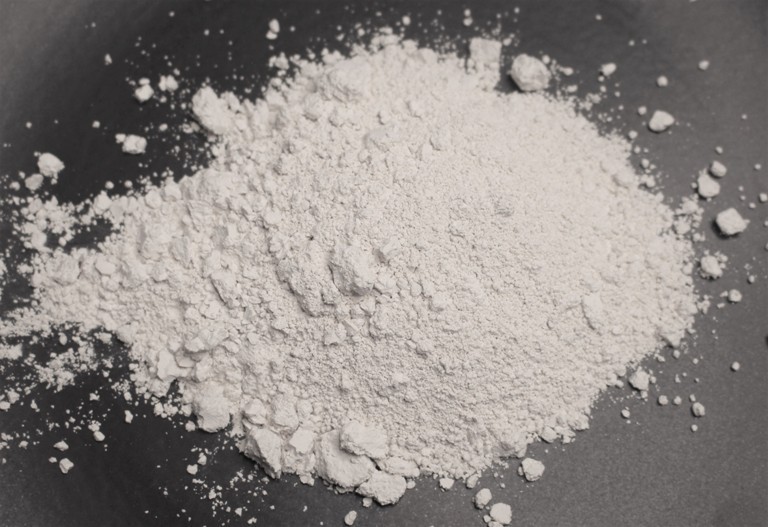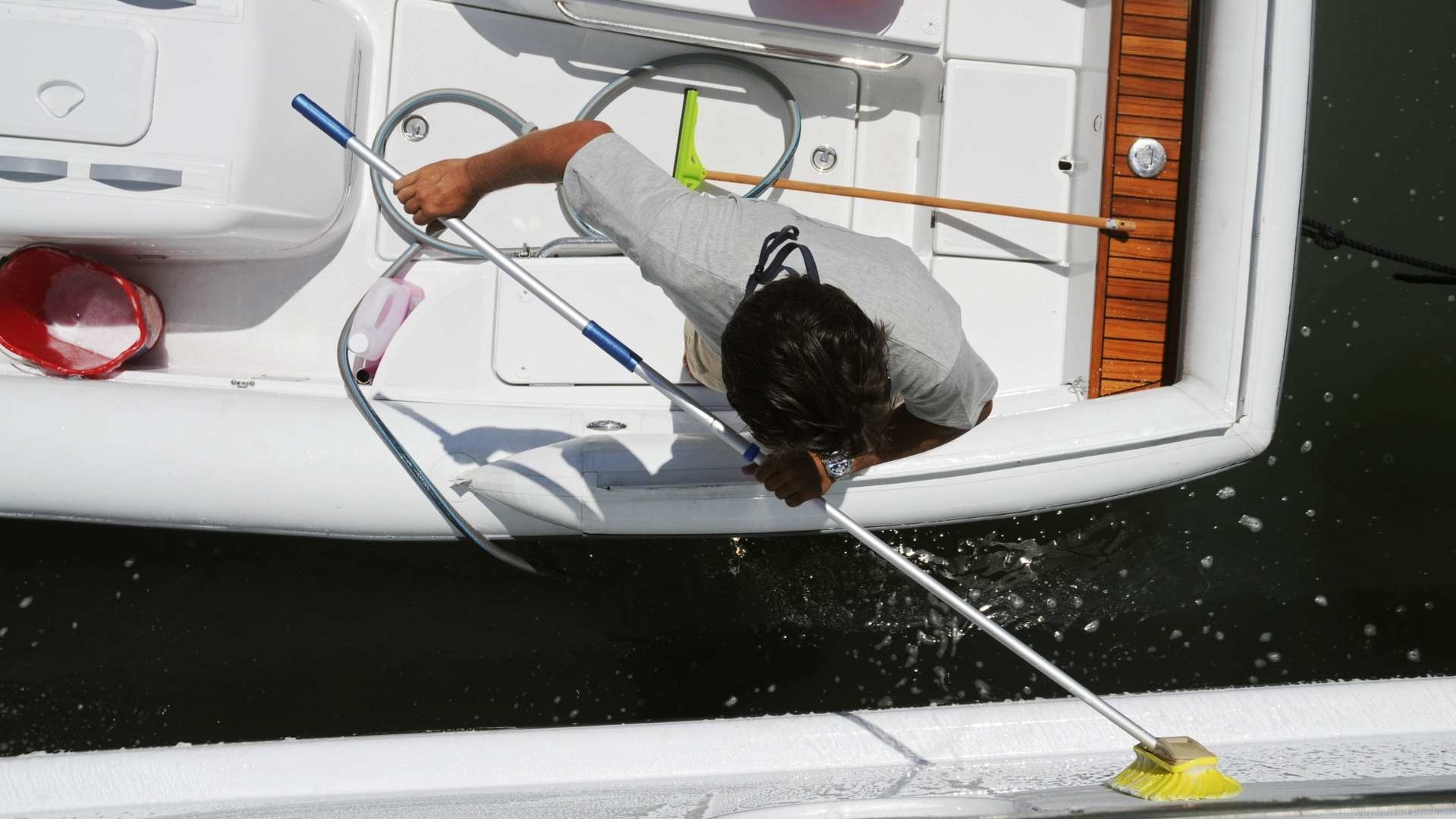Traditional Dentures vs. All-on-4: Which is the Better Choice?
When it comes to replacing missing teeth, many patients often choose between traditional dentures and more modern options like All-on-4.
When it comes to replacing missing teeth, many patients often choose between traditional dentures and more modern options like All-on-4. For those experiencing tooth loss, consulting a trusted Marina Del Rey dentist is critical in understanding the best solution for their oral health and lifestyle. Both traditional dentures and All-on-4 implants provide a solution for missing teeth, but they each come with distinct advantages and limitations. This blog will compare traditional dentures with All-on-4 implants, helping you determine which option might be best for you.
What are Traditional Dentures?
Traditional dentures have long been a reliable solution for those with missing teeth. They are removable prosthetics designed to fit over the gums and replace a complete set of teeth or a few missing teeth. Typically made from acrylic or a combination of acrylic and metal, traditional dentures are custom-made to fit the patient’s mouth and restore functionality, such as chewing and speaking.
These dentures are ideal for individuals who have lost most or all of their natural teeth. They can be made to fit over the remaining gums, offering a cost-effective and straightforward solution for those seeking a restoration of their smile. However, traditional dentures are not without their challenges. They require regular adjustments and sometimes feel uncomfortable or loose, especially as the jawbone changes shape.
What is All-on-4?
All-on-4 is a more advanced dental implant solution for patients who require full-arch teeth replacement. This technique involves placing four dental implants into the jawbone to support a full set of replacement teeth. Unlike traditional dentures, which sit on top of the gums, All-on-4 implants are anchored directly into the jawbone, providing a more secure and stable solution.
The All-on-4 procedure typically involves minimally invasive surgery, followed by attaching a custom-made prosthetic that looks and functions like natural teeth. One of the primary benefits of All-on-4 is that it often eliminates the need for bone grafting, making it an ideal solution for individuals with limited jawbone density.
Comparing Traditional Dentures and All-on-4
1. Comfort and Stability
One of the most significant differences between traditional dentures and All-on-4 implants is comfort. Traditional dentures can sometimes cause irritation, sore spots, or gum discomfort because they rest on top of the gums. Over time, as the bone structure changes, dentures may lose their fit, requiring adjustments or even re-lining. In contrast, All-on-4 implants are fixed directly to the jawbone, offering a more stable and comfortable solution that doesn’t shift or cause discomfort during everyday activities like eating or speaking.
2. Functionality
When it comes to functionality, All-on-4 implants generally outperform traditional dentures. Since they are securely anchored into the jawbone, they provide the same level of function as natural teeth, allowing patients to eat a broader range of foods without worry. On the other hand, traditional dentures can make it difficult to chew certain foods, significantly harder or stickier items, as they are not as stable.
3. Aesthetic Appeal
Both traditional dentures and All-on-4 implants are designed to look natural, but All-on-4 provides a more permanent and lifelike solution. Because the implants are integrated into the jawbone, they help preserve the facial structure, preventing the sunken look that can occur when the jawbone deteriorates over time. Traditional dentures do not offer this benefit, and while they can be designed to resemble natural teeth, they may not always provide the same aesthetic result as implants.
4. Longevity
All-on-4 implants are known for their longevity. Proper care and maintenance can last for decades, often up to 20 years or more. This makes them a worthwhile investment for many patients. Traditional dentures, however, generally need to be replaced every 5 to 10 years due to wear and tear and changes in the jawbone structure.
5. Cost
One of the primary considerations for patients when choosing between traditional dentures and All-on-4 implants is cost. Traditional dentures are usually less expensive upfront, making them an attractive option for individuals on a budget. However, the long-term costs of maintaining and replacing dentures can add up over time. All-on-4 implants have a higher initial cost due to the surgical procedure and materials. Still, they offer long-term savings and durability, making them a cost-effective solution in the long run.
6. Recovery and Maintenance
Traditional dentures' recovery time is minimal as they do not require surgery. However, adjustments and follow-up visits may be necessary. The All-on-4 procedure requires a healing period, with most patients returning to normal activities within a few days to a week. While All-on-4 dental implants in Marina Del Rey require regular dental visits for maintenance and checkups, they require less frequent attention than traditional dentures.
Conclusion
Choosing between traditional dentures and invisalign in marina del rey ultimately depends on individual needs, lifestyle, and budget. Traditional dentures are a more affordable, non-invasive solution that can restore your smile but may come with challenges related to comfort and functionality. On the other hand, All-on-4 implants provide a more permanent, stable, and aesthetically pleasing solution with long-term benefits, making them ideal for those looking for a lasting restoration. Consulting with a dentist specializing in implant dentistry can he



















Facebook Conversations